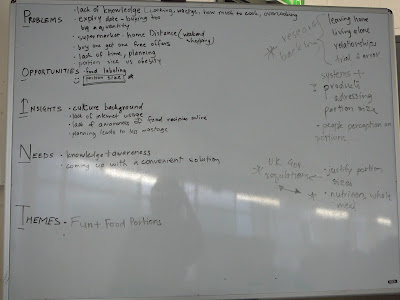So far we've talked a bit about why there is food waste, and what we can do about it, but we haven't yet established why this is an important topic to address. Neha located t
his article from CNN, which is a good primer on why food waste is an important issue.
You would think that food waste isn't a big deal from an environmental perspective. Food biodegrades, so it just returns to the soil, right?
Yes, but as it rots it releases methane, a gas that is "20 times more damaging to the environment than carbon dioxide."
Considering all the food we waste, the amount of methane going into the air is significant.
Additionally, the food we in the developed world waste could feed millions of people. The food wasted by the US could feed all of Africa.
This surprised me, though--
Proportionately, the UK and Japan have traditionally been among the worst offenders worldwide in recent years when it comes to food waste, discarding between 30 and 40 percent of their food produce annually.
It's not just that us buying the food prevents other people from eating it, though there is that issue. Our overconsumption drives up food prices on the global market, so that many people can't afford what food is available.
The article goes on to discuss one of the solutions that is currently being pushed forward--biogas, a renewable fuel made from rotting food in a controlled environment. Biogas can then be used to power cars, trains, and lots of other things!
Unsurprisingly, Sweden is at the forefront of biogas use. They even have a biogas train already!
The article does discuss the limits of biogas production. Even if the majority of the food waste in the UK is turned in to biogas, it would only produce enough fuel to power 164,000 houses.
What the article doesn't discuss that I feel is really important is the climate impact of burning methane. It's not the process of producing the methane that allows you to power things--it's the burning of the methane afterward. What kind of by products does that have?
Also, the idea of converting food waste into biogas deals with the problem after it happened. It treats a symptom, but doesn't solve many of the other problems (such as driving up food prices on the world market). To my mind, it would be better to reduce the amount of food wasted, and then use biogas production as a tool to deal with necessary food waste.







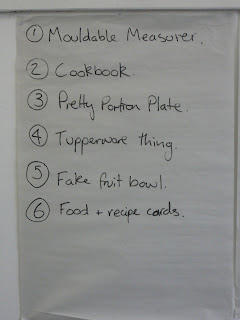
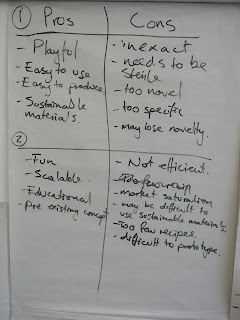

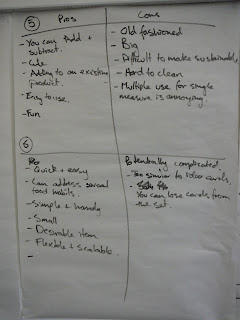
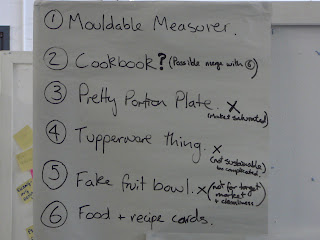
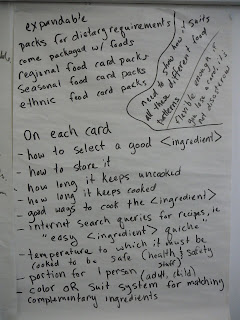
.JPG)

 Ryan, Neha, and Wendy found scads of cool, fun products for measuring food. They range from the practical (such as the collapsible silicon measuring cups at the right) to the whimsical. (Click on the pictures to be transported to places where you can purchase the super-spiffy instruments of measure.)
Ryan, Neha, and Wendy found scads of cool, fun products for measuring food. They range from the practical (such as the collapsible silicon measuring cups at the right) to the whimsical. (Click on the pictures to be transported to places where you can purchase the super-spiffy instruments of measure.)



